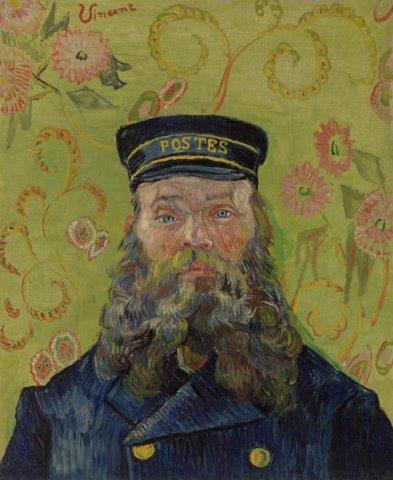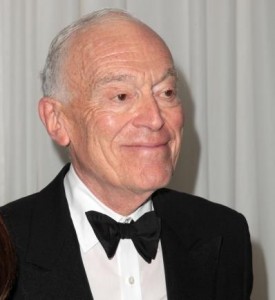Late last month, I finally got to the New Barnes Foundation in downtown Philadelphia. It’s always a pleasure to see those paintings, but I tend to agree with the commenters who’ve found the replication of the old hanging in the new building to be jarring. Kind of old wine in new bottles — doesn’t work for me. I tried to forget where I was and just focus on the pictures. But it felt more cramped than it did in Merion, possibly because there were many more people in the galleries.
 Which brings me to the news: The Barnes did not put out a press release on this, but as of May 1, it is raising prices. General admission, which used to be $18 for non-members, is jumping to $22. Seniors will pay $20 instead of $15. Students will pay $10, as before. That’s steep — almost on par with the Metropolitan Museum, where the $25 admission is suggested, and which is much, much bigger. Senior admission at the Met is $17. Students should pay $12.
Which brings me to the news: The Barnes did not put out a press release on this, but as of May 1, it is raising prices. General admission, which used to be $18 for non-members, is jumping to $22. Seniors will pay $20 instead of $15. Students will pay $10, as before. That’s steep — almost on par with the Metropolitan Museum, where the $25 admission is suggested, and which is much, much bigger. Senior admission at the Met is $17. Students should pay $12.
I learned about this from a blog item on Philly.post, which referred me to an article in the Philadelphia Inquirer last week. It said:
Officials at the gallery on the Benjamin Franklin Parkway said that the …main motive was to relieve congestion during high-traffic periods and to increase use of the Barnes audio guide, which now carries injunctions about appropriate gallery behavior.
The audio guide is included in the new ticket price.
The gallery will also extend its free admission for the first Sunday of every month to cover the entire day, not just afternoons. Tickets are still required for those days.
Well, they could have limited the tickets sold, couldn’t they have? Not quite:
“We’re seeing many more people not familiar . . . with what is proper behavior,” said Derek Gillman, the Barnes’ president and chief executive. He added that the gallery wanted those additional visitors, but with new gallerygoers “we’re seeing more transgressions of people touching things and getting too close” to the art, he said.
The audio guide now cautions visitors against touching art and standing too close to paintings and sculptures.
Ouch. Having just been there, I know that it’s difficult to stay as far away from the paintings as recommended, as marked in the flooring — it seems to me to be much further than other museums enforce, and — given the number of people in the galleries — it’s hard to avoid stepping over the line in certain spots. While I was there, the guards were quite aggressive about enforcing the space restrictions.
Presumably this is a reason Barnes limited visitors to his galleries, and another reason for leaving this collection in Merion.
I do not know what the capacity is, but back in January, the Inquirer reported that the New Barnes was exceeding expectations: “…From its May 19 public opening through the end of 2012, the gallery drew 216,953 visitors, according to Barnes records, exceeding the preopening estimate of 200,000 for the period by 8.5 percent….”
That’s great. But if the real reason for raising prices is behavioral — about 40% of visitors had been paying $5 for the audioguide, which is now included in the admission — this could have been handled better. Too, it should have been disclosed in a press release, or on the website – which I could find, except that if you’re buying a ticket for April, you’re paying a lower price than if you’re going in May.
Photo Credit: The Postman, Vincent van Gogh, Courtesy of the Barnes





